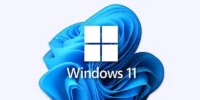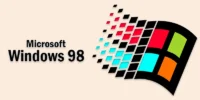What Is Multiprogramming vs Multiprocessing? Explained
Published: 5 Jul 2025
Multiprogramming vs Multiprocessing
Computers can run more than one task at a time, thanks to multiprogramming and multiprocessing, two important ways systems handle multiple programs. But wait, aren’t they the same thing? Many beginners often get confused between them. If your computer feels slow or struggles while multitasking, you might wonder what’s really going on inside. Imagine your brain trying to focus on many things at once, that’s how computers deal with this, too!
What is Multiprogramming?
Multiprogramming is a method used in computers where multiple programs run at the same time using a single CPU. The CPU switches between these programs quickly, making it look like they are running together. This helps the system work faster by keeping the CPU busy and reducing idle time.
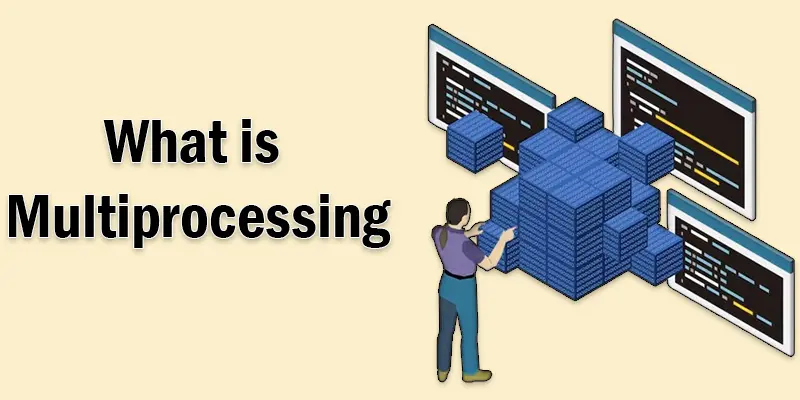
What is Multiprocessing?
Multiprocessing is a method where a computer uses two or more CPUs to run tasks at the same time. Each CPU can handle a separate program or part of a program. This allows the system to perform real multitasking, making it faster and more powerful, especially for heavy or complex tasks.
Difference between multiprogramming and multiprocessing
| Multiprogramming | Multiprocessing |
|---|---|
| Uses one CPU | Example: Running a document and a browser |
| Tasks run one by one (switching) | Tasks run at the same time (parallel) |
| Slower compared to multiprocessing | Faster and more powerful |
| No real parallel processing | True parallel processing |
| Cheaper to set up | More expensive |
| Less hardware required | Needs more hardware |
| Used in simple systems | Used in complex systems |
| Saves time by switching tasks | Saves time by dividing tasks |
| One program runs when others wait | Many programs run at once |
| CPU is shared among programs | Each CPU handles its own tasks |
| Harder to detect errors | Easier to manage errors |
| One task uses CPU, others wait | Multiple tasks get their own CPU |
| Slower multitasking | True multitasking |
| Software-based technique | Hardware-based technique |
| CPU utilization is improved | CPU usage is high and efficient |
| Less heat generation | More heat due to multiple CPUs |
| Easier to maintain | Requires more maintenance |
| Suitable for personal computers | Example: Running a document and a browser |
| Low power usage | High power usage |
| This may cause delays in heavy tasks | Handles heavy tasks smoothly |
| Single-user experience | Supports multiple users better |
| More chances of CPU idle time | Almost no idle time |
| Works well with small programs | Works well with large programs |
| One task uses the CPU, others wait | Example: Video editing and gaming together |
| Not truly parallel | Truly parallel processing |
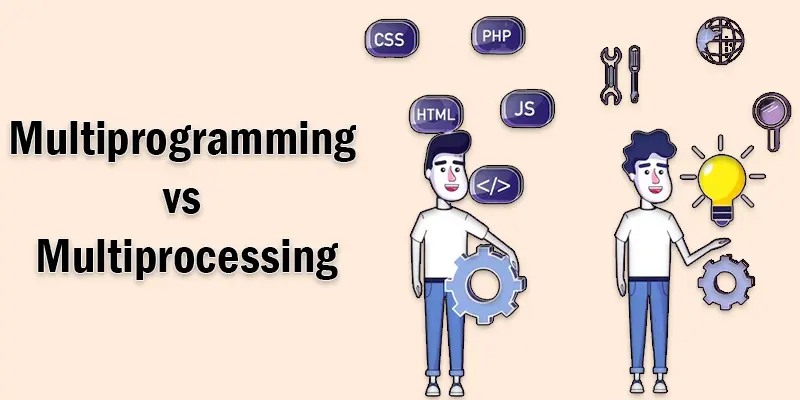
| Advantages of Multiprogramming |
|---|
|
| Disadvantages of Multiprogramming |
|---|
|
| Advantages of Multiprocessing |
|---|
|
| Issues with Multiprocessing |
|---|
|
When to Use Each One?
Choosing between multiprogramming and multiprocessing depends on what kind of work your computer needs to do.
Use Multiprogramming When
- You have only one CPU.
- You want to save time by keeping the CPU busy.
- You’re running small tasks like typing, browsing, or listening to music.
- You don’t need programs to run at the exact same time.
Example
If you’re editing a document and listening to songs, your system uses multiprogramming to switch between them.
Use Multiprocessing When
- You have more than one CPU.
- You need to run big or heavy programs at the same time.
- You want faster performance and smooth multitasking.
- You’re working with games, video editing, or scientific tools.
Example
If you’re editing a video, browsing the internet, and running antivirus at once, multiprocessing helps handle it all smoothly.
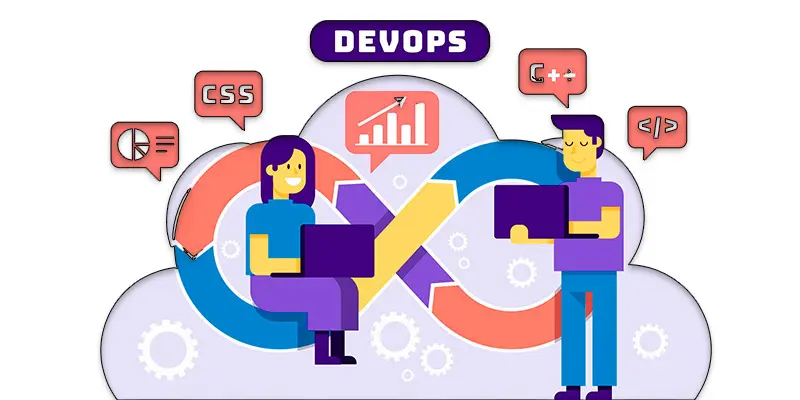
Conclusion About Multiprogramming and Multiprocessing
We’ve covered multiprogramming vs multiprocessing in detail. If you’re using a basic system for light tasks, multiprogramming is usually enough. But for faster and more powerful performance, I personally recommend multiprocessing, especially if you multitask a lot. Now it’s your turn—look at your system needs and pick what works best. Still confused? Drop your questions below and let’s chat!
FAQS
No, multiprogramming typically requires interrupts. Interrupts allow the CPU to stop executing one task and switch to another. Without interrupts, the CPU would have to finish one task completely before starting another, which would waste time.
Multiprocessing works by using two or more CPUs to run programs simultaneously. Each CPU handles a different task, allowing the system to process multiple programs at once. This increases speed and efficiency, especially for complex or resource-heavy tasks.
Multiprocessing refers to using multiple CPUs to run different tasks at once. Parallel processing is a form of multiprocessing, but it specifically focuses on dividing a single task into smaller parts to be processed by different CPUs. So, all parallel processing is multiprocessing, but not all multiprocessing is parallel processing.

- Be Respectful
- Stay Relevant
- Stay Positive
- True Feedback
- Encourage Discussion
- Avoid Spamming
- No Fake News
- Don't Copy-Paste
- No Personal Attacks

- Be Respectful
- Stay Relevant
- Stay Positive
- True Feedback
- Encourage Discussion
- Avoid Spamming
- No Fake News
- Don't Copy-Paste
- No Personal Attacks



